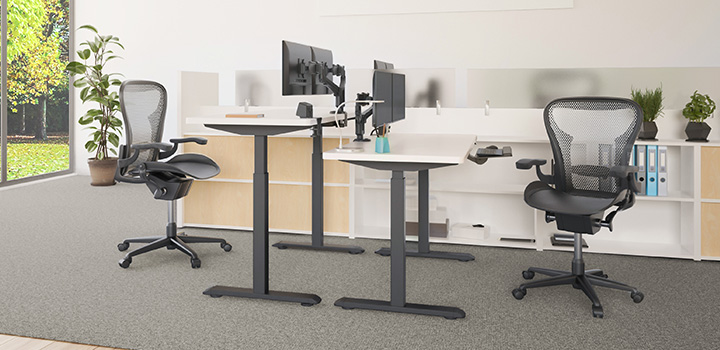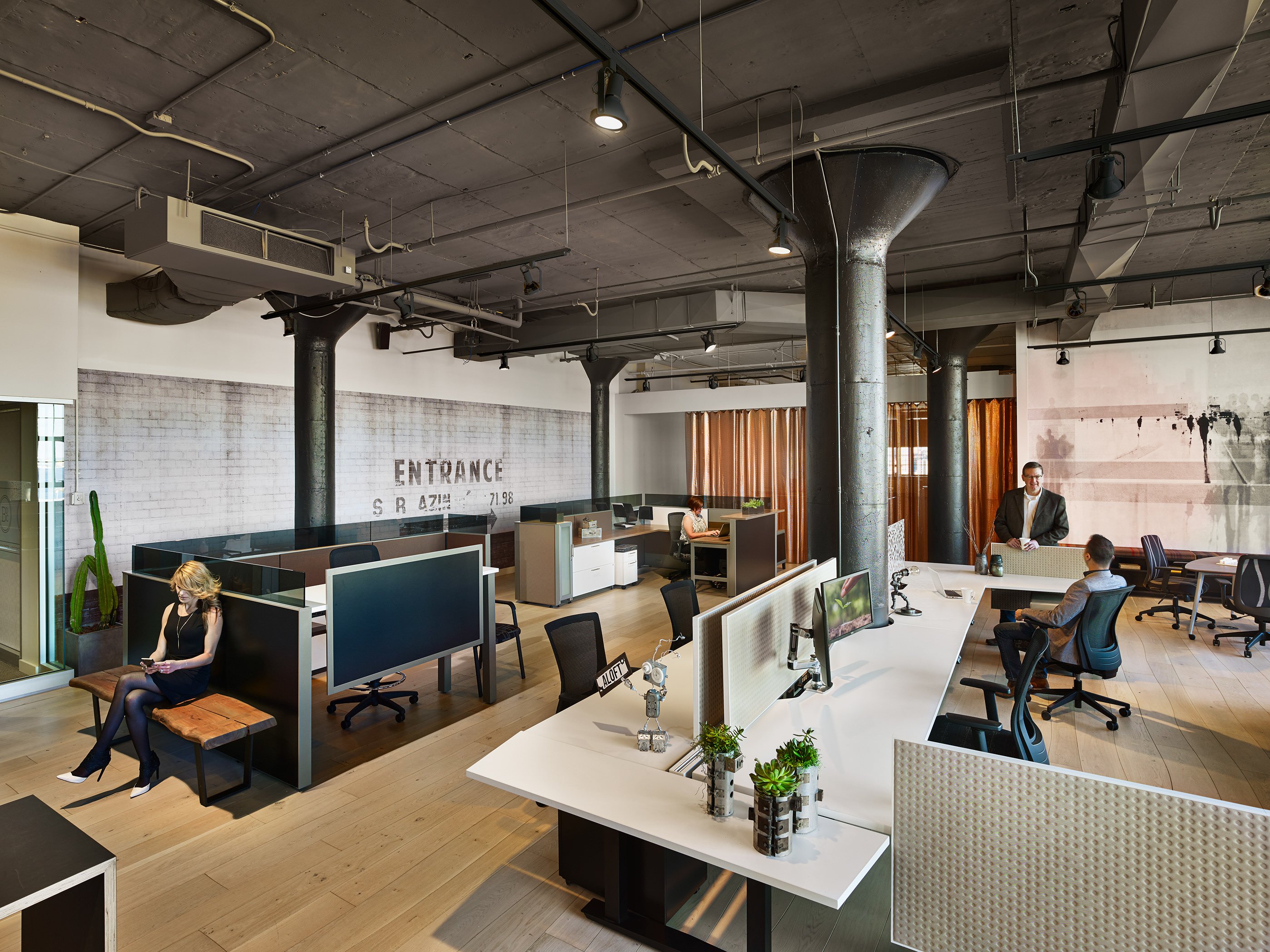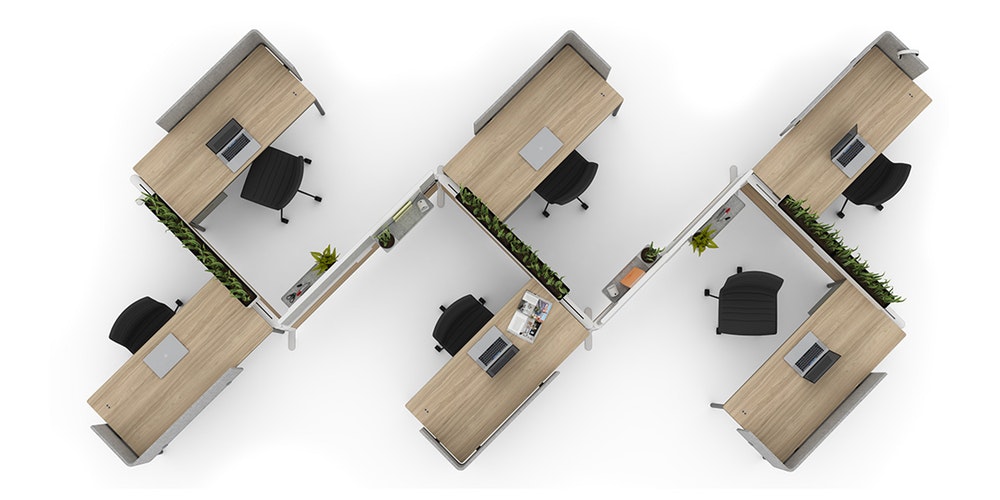A contemporary workforce comprised of a wide range of individuals will naturally need an equally wide range of workspace accommodations. Strategic planning and applying rules of universal design to your workspace project can allow for maximum flexibility that can be tailored to the individual need of each employee, without requiring designing separate workstations for each individual employee.

“An inclusive workplace is one that values individual differences in the workforce, and makes them feel welcome and accepted.
Inclusivity and diversity are moral and legal responsibilities and employers are working hard to give diverse voices a platform. However, employee retention is an issue when the workplaces are not inclusive. Inclusivity is a clear intention translated into policy to recruit people who might otherwise be excluded or marginalised due to factors such as age, race, colour, sex, sexual orientation, physical disability or mental illness.”
- Dr. Pragya Agarwal “How Do We Design Workplaces For Inclusivity And Diversity”

Here are some additional tips for creating universal workspaces:
- Providing suitable door handles and openings for people with limited manual dexterity, such as levers instead of knobs
- Use the "closed-fist rule" where suitable handles are used that can be operated with a closed fist, allowing access to everyone
- Ergonomic solutions such as monitor arms, keyboard trays, height adjustable desks, etc. that allow for maximum flexibility and adaptability per user.
- Proper seating ergonomics to give all employees range of functionality
- Height adjustable stations for everyone
- Those who want to stand; allows adjusting for all body types
- Spaces that accommodate all work modes for those who prefer to working alone and others who prefer working with people around them
- Multi-sensory safety alarms (auditory; visual), and large-print instructions for emergency and safety equipment, and all signage
- Textural and different coloured walls and surfaces for visually impaired, and mange changes in elevations along walkways and corridors
- Smart technologies and apps that can help staff adjust their ambient environment as per their own personal preferences, such as lighting, heating and glare.
- One of our manufacturers, AIS, has smart technologies built into their warehouse equipment that will print out work orders and instructions in your preferred language based on the employee access card scanned.

Universal design is about accommodating an ever-expanding modern workforce through the strategic design of your space. Spaces that function for the majority produce happier and more productive employees. Have another suggestion for a principle in universal design we didn’t cover? Let us know in the comments!
For further reading:
Contact us to learn more about updating your workspace to be universal in design.



